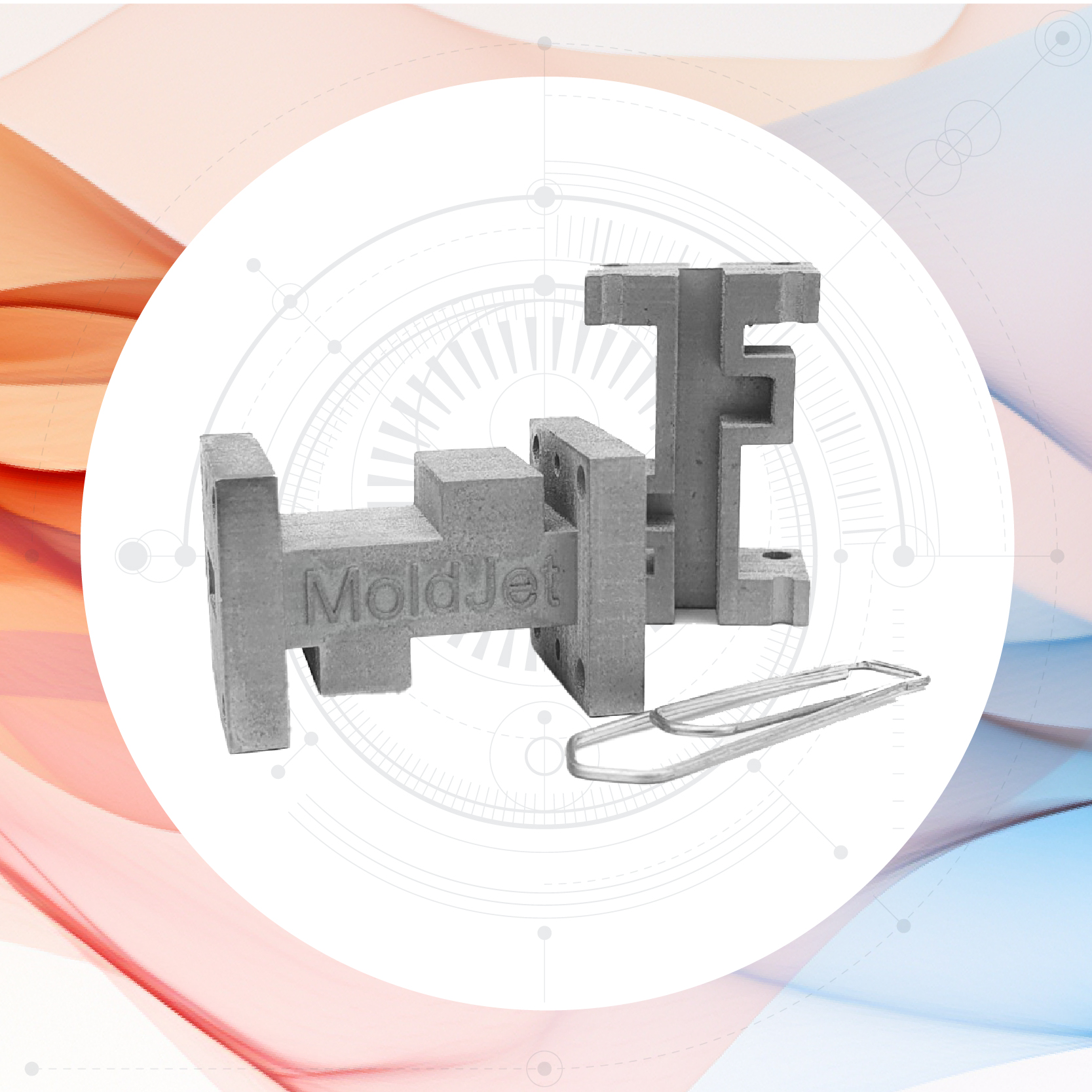
Additive Manufacturing (AM) has revolutionized how products are designed and manufactured, finding applications across industries from aerospace to healthcare. research centers have enthusiastically embraced polymer-based AM systems. These printers, often used for prototyping, are ideal for teaching foundational skills. As the AM industry shifts focus from prototypes to production, the focus in research centers is also shifting towards research of new materials and modalities to better achieve ‘Industry alignment’. Specifically, metal AM has emerged as a critical driver of innovation of competitiveness and the metal AM industry is growing rapidly.
Metal AM enables the fabrication of production-ready parts with applications that transcend prototyping. By integrating metal AM systems, research centers, as epicenters of advanced research and innovation, can better align their capabilities with industry demands, enhance research opportunities and develop the materials needed to drive the future of manufacturing.
unlock INNOVATION AND INDUSTRY ALIGNMENT
Research Centers using Metal AM
Additive Manufacturing (AM) is transforming industries, and research centers are taking notice. While polymer-based AM systems have been embraced for prototyping and education, the shift towards production-ready parts demands a focus on metal AM. This blog post explores why metal AM is crucial for research centers and universities aiming to stay at the forefront of innovation.
Why Metal AM?
Unlike polymer AM, which is primarily used for design validation, metal AM enables the creation of end-use components that meet demanding performance requirements. Applications span aerospace, medical, and automotive industries. For research centers, metal AM opens doors to cutting-edge research in materials science, manufacturing processes, and product design.
Why Now?
Several factors make the adoption of metal AM critical:
- Reshoring Manufacturing: The push to bring manufacturing back to the U.S. requires technologies that enhance supply chain resilience and cost efficiency. Metal AM allows for local, on-demand, and sustainable production of production-grade parts.
- Sustainability Goals: Metal AM reduces material waste, aligning with the growing emphasis on greener manufacturing methods.
- Industry-Driven Demand: Companies are investing heavily in metal AM to gain a competitive edge. Research centers must align with these advancements to maintain relevance and partnerships.
Key Considerations for Research Centers
- Open-Material Platforms: Opt for systems that allow for research flexibility, enabling the development of novel metal alloys and ceramics while reducing material costs.
- Post-Processing Integration: Evaluate in-house capabilities for post-processing (machining, sintering, heat treatment) and determine which steps can be outsourced.
- Total Cost of Ownership (TCO): Consider all costs, including equipment for material handling, post-processing, safety compliance, and training.
Common Pitfalls
Avoid these common pitfalls when adopting metal AM:
- Misaligned Equipment Choices: Choose systems that align with specific research needs.
- Ignoring Post-Processing Challenges: Invest in post-processing capabilities or establish partnerships with providers.
- Underestimating TCO: Develop a comprehensive budget that includes all ancillary costs.
Research-Focused vs. Teaching-Focused Universities
The needs of research-focused and teaching-focused institutions differ:
- Research-Focused: Prioritize systems that allow for new material development and high-performance applications. Open materials, advanced features, and industry partnerships are crucial.
- Teaching-Focused: Focus on user-friendly systems that prioritize safety and ease of operation. Hybrid systems that support both polymer and metal printing can offer versatility.
The Roadmap to Successful Adoption
Metal AM is no longer a futuristic concept; it’s a strategic imperative for research centers and universities. By embracing metal AM, institutions can drive innovation, enhance research opportunities, and prepare students for the high-demand jobs of tomorrow.
Click here to read the full white paper on metal AM in research institutes.
